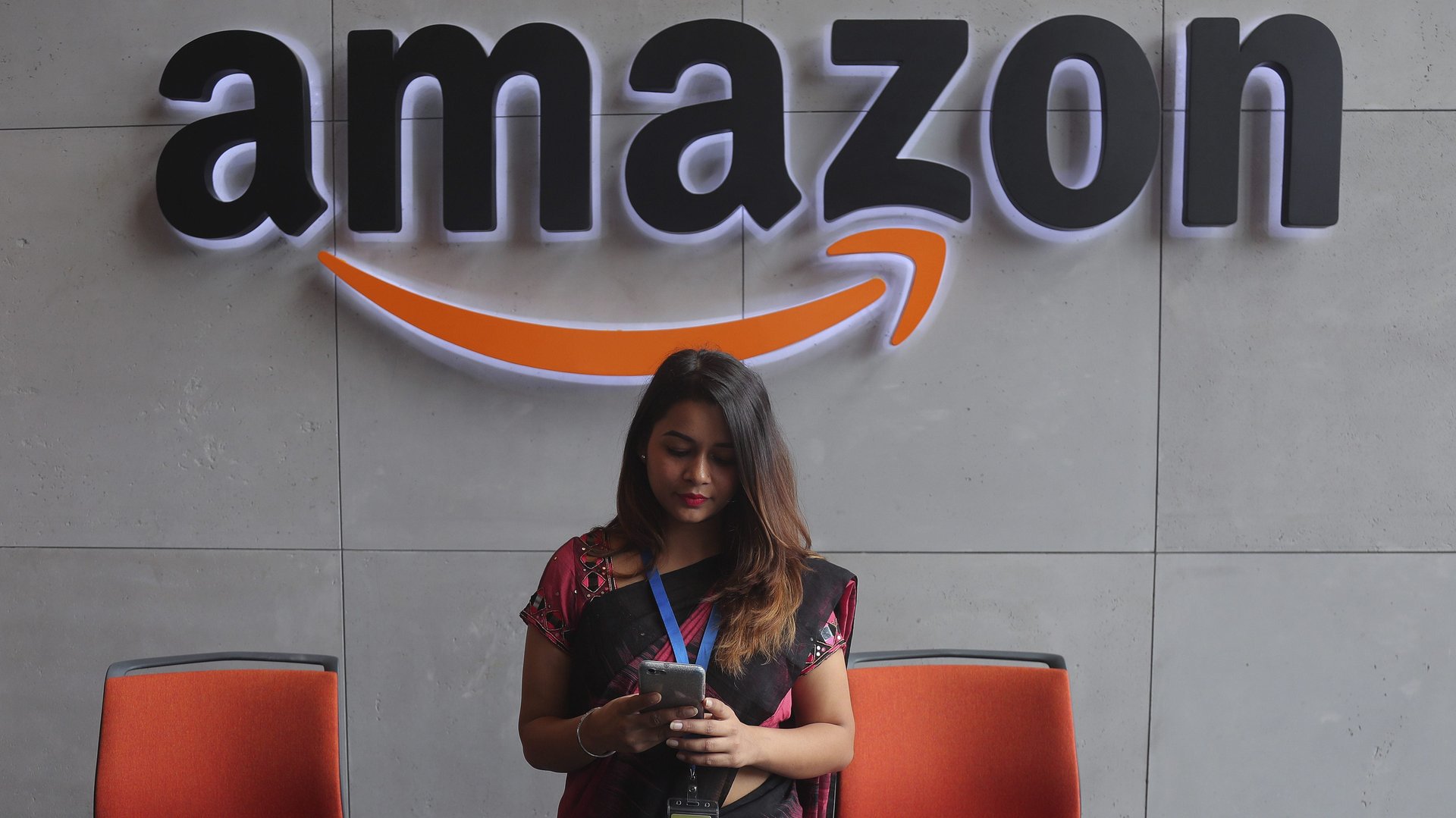Amazon and Flipkart are India’s top m-commerce apps, but it’s Club Factory that catches the eye
Flipkart and Amazon may be India’s favourite shopping apps but a Chinese rival is fast catching up.


Flipkart and Amazon may be India’s favourite shopping apps but a Chinese rival is fast catching up.
The two e-tailing behemoths’ horizontal spread, wherein anything and everything is available on one platform, gives them a huge advantage in the segment. Between October and December 2019, the top two most-installed m-commerce apps on Indian smartphones were Flipkart and Amazon, according to market insights company techARC. Around seven in 10 Indians shopping through smartphones used them.
Yet, it is Club Factory that caught the eye as it was the third most-installed e-commerce app on Indian smartphones during the period, techARC found. Not only has the Chinese fashion-commerce firm left its rivals like Myntra and AJIO behind it’s now giving market leader Flipkart the jitters. What’s more, unlike Amazon and Flipkart, Club Factory is a niche player.
“To grow as a sustainable m-commerce platform in India, having multiple product categories with (a) wide range of options to choose from is an important prerequisite,” said Faisal Kawoosa, founder and chief analyst at techARC. “Other platforms are not able to garner much attention, primarily due to their limited offerings which makes them niche m-commerce platforms.”
Club Factory’s popularity comes on the back of the right combination of “price, variety and trendy designs,” Kartik Hosanagar, a professor of technology and digital business at the University of Pennsylvania’s Wharton School, had told Quartz earlier.
Apart from its trendy catalogue that’s a hit with buyers, the Chinese online retailer has a strong supply network given that it started off as a data analytics platform for manufacturers. Over time, it has aggregated a database of over 100,000 suppliers and reaches shoppers well beyond India’s metropolitan cities.
Changing consumer habits, too, have helped it. The market is now evenly spread between monthly shoppers, users purchasing on need-basis, and those triggered by offers and promotions. Discounts not being the sole trigger is a major shift in motivation in online purchases.
Flipkart and Amazon installations are mostly driven by grand festival offers. However, Club Factory focuses on affordable range of products and charging zero commission from sellers.
As competition stiffens, “Flipkart and Amazon shall have to reorient and lead the space through new technology interventions and move beyond catalogue selling,” techARC noted. “They shall have to bring in more immersive experience to the overall shopping process.”